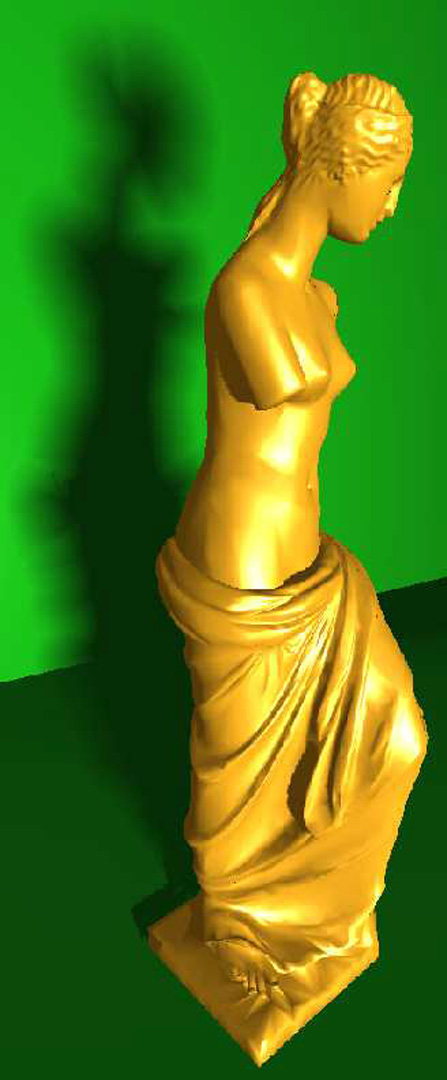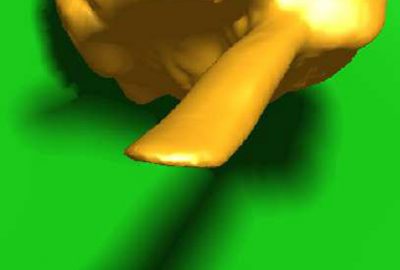“Interactive backprojected soft shadows with an occlusion camera shadow map” by Mo and Wyman
Conference:
Type(s):
Title:
- Interactive backprojected soft shadows with an occlusion camera shadow map
Presenter(s)/Author(s):
Abstract:
Soft shadows are crucial for computer generated imagery, as they increase the level of realism and improve spacial perception. Generating soft shadows is inherently difficult because it involves evaluating the visibility between an area light source and every point in the scene. One way to accurately compute this visibility is to backproject occluder geometry onto the light for every point in the scene. However, searching for relevant edges is costly so backprojection scales poorly with increased scene complexity. We present an interactive soft shadow algorithm that draws insight from the depth discontinuity occlusion camera model (DDOC) [Popescu and Aliaga 2006], a non-pinhole camera that bends light rays near discontinuity edges to sample normally hidden surfaces. By carefully choosing the size of DDOC distortion regions based on light and occluder geometry, we generate a map that stores the closest silhouette edges for each pixel. This enables us to find the most relevant edge to backproject using a single map lookup and additional edges with a small neighborhood search. Our method combines the accuracy of object-space backprojection methods with the efficiency of an image-based approach.
References:
1. Drettakis, G., and Fiume, E. 1994. A fast shadow algorithm for area light sources using backprojection. In Proceedings of SIGGRAPH, 223–230.
2. Guennebaud, G., Barthe, L., and Paulin, M. 2006. Realtime soft shadow mapping by backprojection. In Eurographics Symposium on Rendering, 227–234.
3. Mo, Q., Popescu, V., and Wyman, C. 2007. The soft shadow occlusion camera. Tech. Rep. UICS-07-02, University of Iowa. (Submitted to Pacific Graphics).
4. Popescu, V., and Aliaga, D. 2006. The depth discontinuity occlusion camera. In Proc. Symp. Interactive 3D Graphics and Games, 139–143.
Additional Images:
- 2007 Posters: Mo_Interactive Backprojected Soft Shadows with an Occlusion Camera Shadow Map







